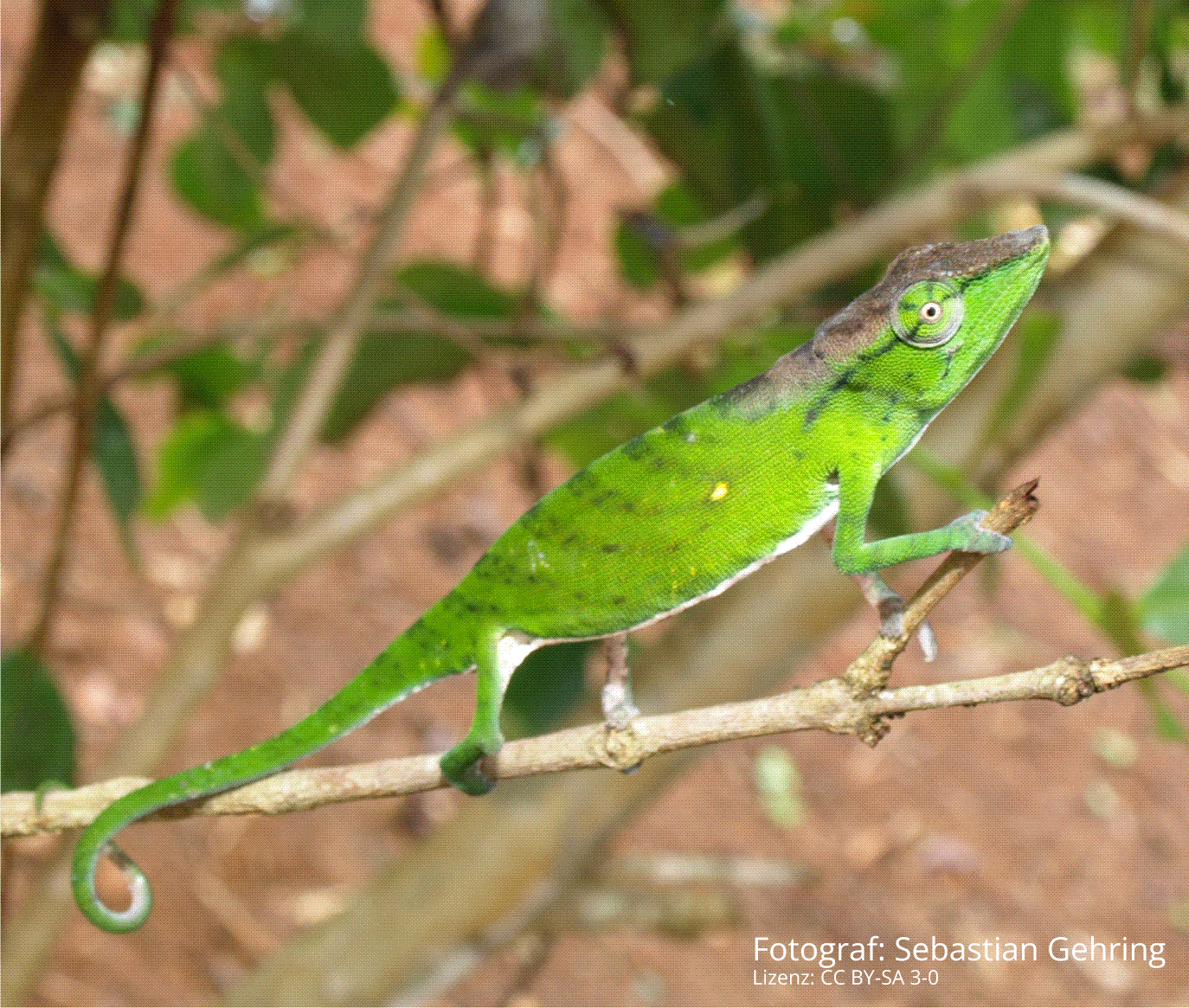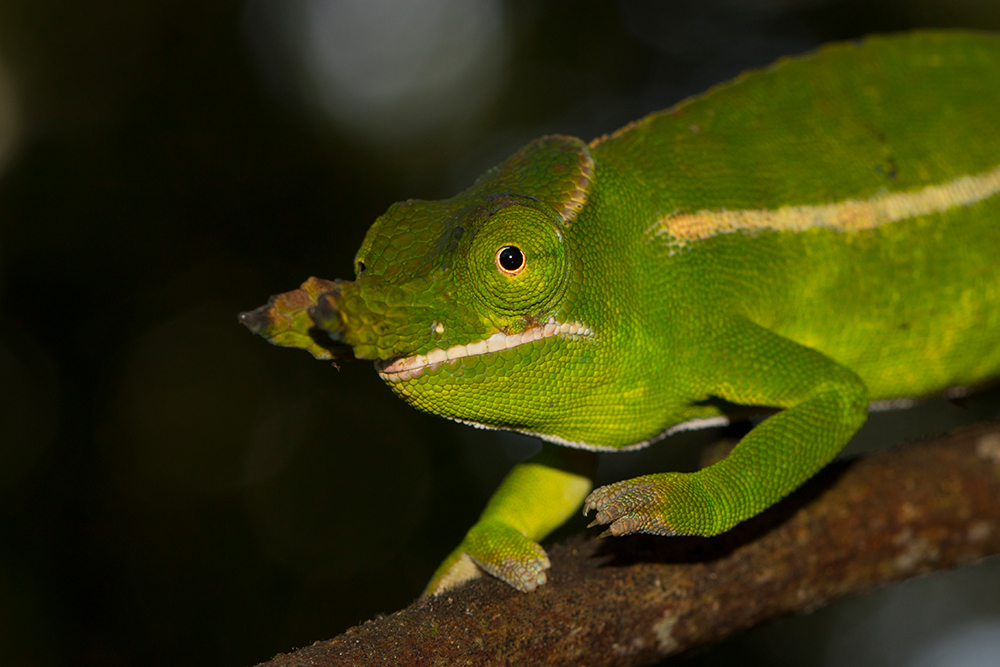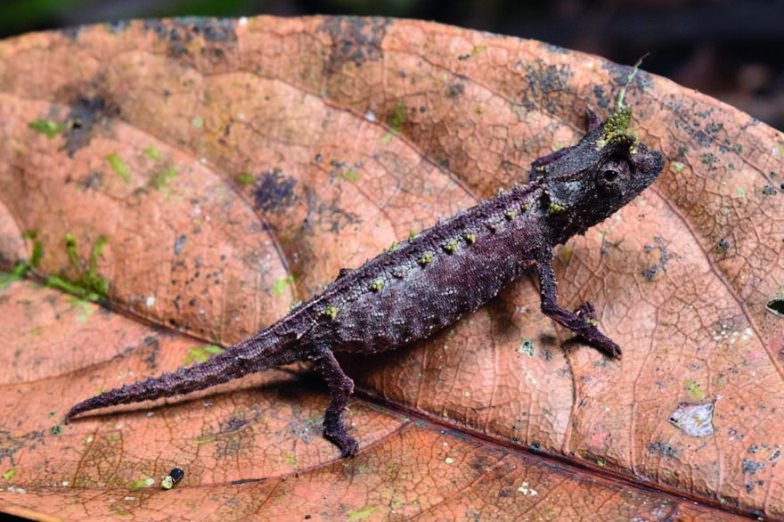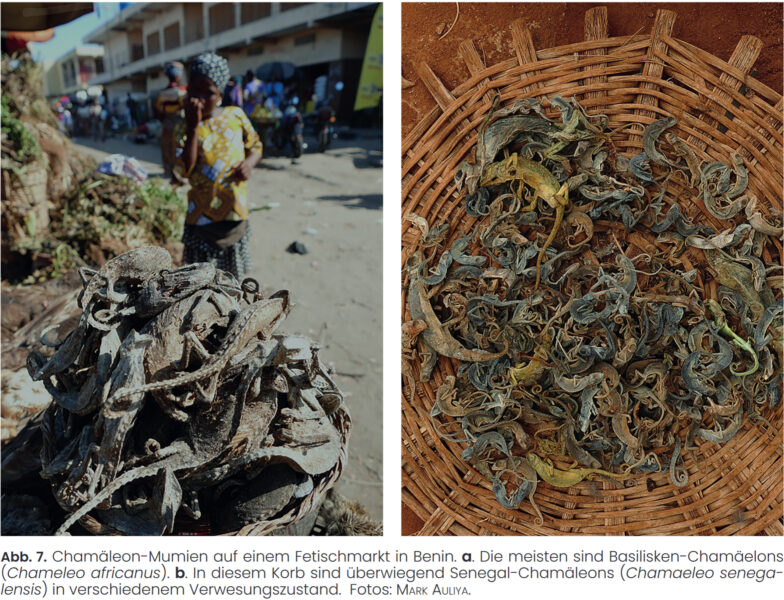Did you know that there is a chameleon that was considered lost for over 100 years? Voeltzkow’s chameleon (Furcifer voeltzkowi) was last seen in 1913. Since then, it was considered lost because neither the exact location where it was found nor what the females looked like was known. In fact, the species lived completely undisturbed in western Madagascar on a peninsula directly opposite the large coastal town of Mahajanga. Until 2018, when a German-Madagascan research team set out to rediscover the long-lost species. They succeeded – in a hotel garden! The main reason why the species had not been observed for so long is probably due to the poor accessibility of the peninsula on which they live and the short lifespan of the animals. It is assumed that, like Furcifer labordi, a closely related species, they only live for a few months. They can therefore only be found at a certain time of year.
#showyourcolours #internationalchameleonday #chameleonday #chameleondayMay9 #agchamaeleons
Photos: Furcifer voeltzkowi, male and female, photographed by Alex Laube













